Sunday, May 31, 2020
1764 Plants in 18C Colonial American Gardens - Virginian John Randolph (727-1784) - Marjoram
A Treatise on Gardening Written by a native of this State (Virginia)
Author was John Randolph (1727-1784)
Written in Williamsburg, Virginia about 1765
Published by T. Nicolson, Richmond, Virginia. 1793
The only known copy of this booklet is found in the Special Collections of the Wyndham Robertson Library at Hollins University in Roanoke, Virginia.
Marjoram
Marjoram, winter, pot and wild....Origanum. This may be propagated either from the seed, cuttings, or parting their roots in the spring; and if kept clear from the weeds will stand a number of years.
.
Saturday, May 30, 2020
Agricultural slaves in 18C-19C America
African peoples were captured & transported to the Western Hemisphere to work. Most European colonial economies in the Americas from the 16th - 19th century were dependent on enslaved African labor for their survival. The rationale of European colonial officials was that the abundant land they had "discovered" in the Americas was useless without sufficient labor to exploit it. Only some 450,000 of the nearly 10 million Africans who survived the Middle Passage across the Atlantic to the Americas during the transatlantic slave trade settled in the continental United States. Nevertheless, these 450,000 had grown to more than 4 million people of African descent by 1860, the dawn of the Civil War.
South Carolina
Slavery was not limited to the Western Hemisphere. The trans-Saharan slave trade had long supplied enslaved African labor to work on sugar plantations in the Mediterranean alongside white slaves from Russia & the Balkans. This same trade also sent as many as 10,000 slaves a year to serve owners in North Africa, the Middle East, & the Iberian Peninsula.
Cartouche Shipping Hogsheads of Tobacco from Frye-Jefferson map of Virginia, 1755
Of the millions of immigrants who survived the crossing of the Atlantic & settled in the Western Hemisphere between 1492 -1776, only about 1 million were Europeans. The remaining were African. An average of 80 % of these enslaved Africans—men, women, & children—were employed, mostly as field-workers. Women as well as children worked in some capacity.
More than half of the enslaved African captives in the Americas were employed on sugar plantations. Sugar developed into the leading slave-produced commodity in the Americas. During the 16th & 17th centuries, Brazil dominated the production of sugarcane. One of the earliest large-scale manufacturing industries was established to convert the juice from the sugarcane into sugar, molasses, & eventually rum, the alcoholic beverage of choice of the triangular trade. The profits made from the sale of these goods in Europe, as well as the trade in these commodities in Africa, were used to purchase more slaves.
Tobacco Advertisement Card, Newman’s Best Virginia, 1700s
By 1750, both free & enslaved black people in the British American colonies, despite the hardships of their lives, manifested a deepening attachment to America. The majority of blacks by now had been born in America, rather than in Africa. While a collective cultural memory of Africa was maintained, personal & direct memories had waned. Slave parents began to give their children biblical rather than African names.
Tobacco Label, Ford’s Virginia
During the British American colonial period in the United States, tobacco was the dominant slave-produced commodity. During the colonial era, 61% of all American slaves -- nearly 145,000 -- lived in Virginia & Maryland, working the tobacco fields in small to medium-sized gangs. Planters who owned hundreds of slaves often divided them among several plantations. In the North & the Upper South, masters & bondpeople lived close to each other. Rice & indigo plantations in South Carolina also employed enslaved African labor. The South Carolina & Georgia coastal rice belt had a slave population of 40,000. Because rice requires precise irrigation & a large, coordinated labor force, enslaved people lived & worked in larger groups. Plantation owners lived in towns like Charleston or Savannah & employed white overseers to manage their far-flung estates. Overseers assigned a task in the morning, & slaves tended to their own needs, when the assigned work was completed. The region was atypical, because of its more flexible work schedules and more isolated and independent slave culture.
Exhausted land caused a decline in tobacco production, & the American Revolution cost Virginia & Maryland their principal European tobacco markets, & for a brief period of time after the Revolution. The future of slavery in the United States was in jeopardy. Most of the northern states abolished it, & even Virginia debated abolition in the Virginia Assembly.
Slave Auction. New York Illustrated News; January 26, 1861
The invention of the cotton gin in 1793, gave slavery a new life in the United States. Between 1800 - 1860, slave-produced cotton expanded from South Carolina & Georgia to newly colonized lands west of the Mississippi. This shift of the slave economy from the upper South (Virginia & Maryland) to the lower South was accompanied by a comparable shift of the enslaved African population to the lower South & West.
Hauling Cotton US South. Harper's New Monthly Magazine (1853-54)
After the abolition of the slave trade in 1808, the principal source of the expansion of slavery into the lower South was the domestic slave trade from the upper South. By 1850, 1.8 million of the 2.5 million enslaved Africans employed in agriculture in the United States were working on cotton plantations.
The vast majority of enslaved Africans employed in plantation agriculture were field hands. Some coastal owners used slaves as fishermen. Even on plantations, however, they worked in many other capacities. Some were domestics & worked as butlers, waiters, maids, seamstresses, & launderers. Others were assigned as carriage drivers, hostlers, & stable boys. Artisans—carpenters, stonemasons, blacksmiths, millers, coopers, spinners, & weavers—were also employed as part of plantation labor forces.
Slave Auction. The Illustrated London News; February 16, 1861
Enslaved Africans also worked in urban areas. Upward of 10% of the enslaved African population in the United States lived in cities. Charleston, Richmond, Savannah, Mobile, New York, Philadelphia, & New Orleans all had sizable slave populations. In the southern cities, they totaled approximately a third of the population.
Edwin Forbes (1839-1895) Stacking Wheat in Culpepper, Virginia 1863
The range of slave occupations in cities was vast. Domestic servants dominated, but there were carpenters, fishermen, coopers, draymen, sailors, masons, bricklayers, blacksmiths, bakers, tailors, peddlers, painters, & porters. Although most worked directly for their owners, others were hired out to work as skilled laborers on plantations, on public works projects, & in industrial enterprises. A small percentage hired themselves out & paid their owners a percentage of their earnings.
Each plantation economy was part of a larger national & international political economy. The cotton plantation economy, for instance, is generally seen as part of the regional economy of the American South. By the 1830s, "cotton was king" indeed in the South. It was also king in the United States, which was competing for economic leadership in the global political economy. Plantation-grown cotton was the foundation of the antebellum southern economy.
Ginning Cotton US South Harper's New Monthly Magazine (1853-54)
The American financial & shipping industries were also dependent on slave-produced cotton, as was the British textile industry. Cotton was not shipped directly to Europe from the South. Rather, it was shipped to New York & then transshipped to England & other centers of cotton manufacturing in the United States & Europe. As the cotton plantation economy expanded throughout the southern region, banks & financial houses in New York supplied the loan capital &/or investment capital to purchase land & slaves.
Harvesting Sugar Cane, Louisiana Harper's New Monthly Magazine (1853)
As an inexpensive source of labor, enslaved Africans in the United States also became important economic & political capital in the American political economy. Enslaved Africans were legally a form of property—a commodity. Individually & collectively, they were frequently used as collateral in all kinds of business transactions. They were also traded for other kinds of goods & services.
Slave Market. Harper's Weekly, January 24, 1863
The value of the investments slaveholders held in their slaves was often used to secure loans to purchase additional land or slaves. Slaves were also used to pay off outstanding debts. When calculating the value of estates, the estimated value of each slave was included. This became the source of tax revenue for local & state governments. Taxes were also levied on slave transactions.
Planting Rice US South. Harper's Monthly Magazine (1859)
Politically, the U.S. Constitution incorporated a feature that made enslaved Africans political capital—to the benefit of southern states. The so-called three-fifths compromise allowed the southern states to count their slaves as three-fifths of a person for purposes of calculating states' representation in the U.S. Congress. Thus the balance of power between slaveholding & non-slaveholding states turned, in part, on the three-fifths presence of enslaved Africans in the census. Slaveholders were taxed on the same three-fifths principle, & no taxes paid on slaves supported the national treasury. In sum, the slavery system in the United States was a national system that touched the very core of its economic & political life.
See:
Schomburg Center for Research in Black Culture.
Jubilee: The Emergence of African-American Culture, ed. Howard Dodson. Washington, D.C.: The National Geographic Society. 2003.
www.slaveryimages.org, compiled by Jerome Handler and Michael Tuite, and sponsored by the Virginia Foundation for the Humanities and the University of Virginia Library.
South Carolina
Slavery was not limited to the Western Hemisphere. The trans-Saharan slave trade had long supplied enslaved African labor to work on sugar plantations in the Mediterranean alongside white slaves from Russia & the Balkans. This same trade also sent as many as 10,000 slaves a year to serve owners in North Africa, the Middle East, & the Iberian Peninsula.
Cartouche Shipping Hogsheads of Tobacco from Frye-Jefferson map of Virginia, 1755
Of the millions of immigrants who survived the crossing of the Atlantic & settled in the Western Hemisphere between 1492 -1776, only about 1 million were Europeans. The remaining were African. An average of 80 % of these enslaved Africans—men, women, & children—were employed, mostly as field-workers. Women as well as children worked in some capacity.
More than half of the enslaved African captives in the Americas were employed on sugar plantations. Sugar developed into the leading slave-produced commodity in the Americas. During the 16th & 17th centuries, Brazil dominated the production of sugarcane. One of the earliest large-scale manufacturing industries was established to convert the juice from the sugarcane into sugar, molasses, & eventually rum, the alcoholic beverage of choice of the triangular trade. The profits made from the sale of these goods in Europe, as well as the trade in these commodities in Africa, were used to purchase more slaves.
Tobacco Advertisement Card, Newman’s Best Virginia, 1700s
By 1750, both free & enslaved black people in the British American colonies, despite the hardships of their lives, manifested a deepening attachment to America. The majority of blacks by now had been born in America, rather than in Africa. While a collective cultural memory of Africa was maintained, personal & direct memories had waned. Slave parents began to give their children biblical rather than African names.
Tobacco Label, Ford’s Virginia
During the British American colonial period in the United States, tobacco was the dominant slave-produced commodity. During the colonial era, 61% of all American slaves -- nearly 145,000 -- lived in Virginia & Maryland, working the tobacco fields in small to medium-sized gangs. Planters who owned hundreds of slaves often divided them among several plantations. In the North & the Upper South, masters & bondpeople lived close to each other. Rice & indigo plantations in South Carolina also employed enslaved African labor. The South Carolina & Georgia coastal rice belt had a slave population of 40,000. Because rice requires precise irrigation & a large, coordinated labor force, enslaved people lived & worked in larger groups. Plantation owners lived in towns like Charleston or Savannah & employed white overseers to manage their far-flung estates. Overseers assigned a task in the morning, & slaves tended to their own needs, when the assigned work was completed. The region was atypical, because of its more flexible work schedules and more isolated and independent slave culture.
Indigo Production South Carolina. William DeBrahm, A Map of South Carolina and a Part of Georgia London, published by Thomas Jeffreys, 1757.
Exhausted land caused a decline in tobacco production, & the American Revolution cost Virginia & Maryland their principal European tobacco markets, & for a brief period of time after the Revolution. The future of slavery in the United States was in jeopardy. Most of the northern states abolished it, & even Virginia debated abolition in the Virginia Assembly.
Slave Auction. New York Illustrated News; January 26, 1861
The invention of the cotton gin in 1793, gave slavery a new life in the United States. Between 1800 - 1860, slave-produced cotton expanded from South Carolina & Georgia to newly colonized lands west of the Mississippi. This shift of the slave economy from the upper South (Virginia & Maryland) to the lower South was accompanied by a comparable shift of the enslaved African population to the lower South & West.
Hauling Cotton US South. Harper's New Monthly Magazine (1853-54)
After the abolition of the slave trade in 1808, the principal source of the expansion of slavery into the lower South was the domestic slave trade from the upper South. By 1850, 1.8 million of the 2.5 million enslaved Africans employed in agriculture in the United States were working on cotton plantations.
Picking Cotton. Ballou's Pictorial (Boston, Jan. 23, 1858)
The vast majority of enslaved Africans employed in plantation agriculture were field hands. Some coastal owners used slaves as fishermen. Even on plantations, however, they worked in many other capacities. Some were domestics & worked as butlers, waiters, maids, seamstresses, & launderers. Others were assigned as carriage drivers, hostlers, & stable boys. Artisans—carpenters, stonemasons, blacksmiths, millers, coopers, spinners, & weavers—were also employed as part of plantation labor forces.
Slave Auction. The Illustrated London News; February 16, 1861
Enslaved Africans also worked in urban areas. Upward of 10% of the enslaved African population in the United States lived in cities. Charleston, Richmond, Savannah, Mobile, New York, Philadelphia, & New Orleans all had sizable slave populations. In the southern cities, they totaled approximately a third of the population.
Edwin Forbes (1839-1895) Stacking Wheat in Culpepper, Virginia 1863
The range of slave occupations in cities was vast. Domestic servants dominated, but there were carpenters, fishermen, coopers, draymen, sailors, masons, bricklayers, blacksmiths, bakers, tailors, peddlers, painters, & porters. Although most worked directly for their owners, others were hired out to work as skilled laborers on plantations, on public works projects, & in industrial enterprises. A small percentage hired themselves out & paid their owners a percentage of their earnings.
Picking Cotton US South Harper's New Monthly Magazine (1853-54)
Each plantation economy was part of a larger national & international political economy. The cotton plantation economy, for instance, is generally seen as part of the regional economy of the American South. By the 1830s, "cotton was king" indeed in the South. It was also king in the United States, which was competing for economic leadership in the global political economy. Plantation-grown cotton was the foundation of the antebellum southern economy.
Ginning Cotton US South Harper's New Monthly Magazine (1853-54)
The American financial & shipping industries were also dependent on slave-produced cotton, as was the British textile industry. Cotton was not shipped directly to Europe from the South. Rather, it was shipped to New York & then transshipped to England & other centers of cotton manufacturing in the United States & Europe. As the cotton plantation economy expanded throughout the southern region, banks & financial houses in New York supplied the loan capital &/or investment capital to purchase land & slaves.
Harvesting Sugar Cane, Louisiana Harper's New Monthly Magazine (1853)
As an inexpensive source of labor, enslaved Africans in the United States also became important economic & political capital in the American political economy. Enslaved Africans were legally a form of property—a commodity. Individually & collectively, they were frequently used as collateral in all kinds of business transactions. They were also traded for other kinds of goods & services.
Slave Market. Harper's Weekly, January 24, 1863
The value of the investments slaveholders held in their slaves was often used to secure loans to purchase additional land or slaves. Slaves were also used to pay off outstanding debts. When calculating the value of estates, the estimated value of each slave was included. This became the source of tax revenue for local & state governments. Taxes were also levied on slave transactions.
Planting Rice US South. Harper's Monthly Magazine (1859)
Politically, the U.S. Constitution incorporated a feature that made enslaved Africans political capital—to the benefit of southern states. The so-called three-fifths compromise allowed the southern states to count their slaves as three-fifths of a person for purposes of calculating states' representation in the U.S. Congress. Thus the balance of power between slaveholding & non-slaveholding states turned, in part, on the three-fifths presence of enslaved Africans in the census. Slaveholders were taxed on the same three-fifths principle, & no taxes paid on slaves supported the national treasury. In sum, the slavery system in the United States was a national system that touched the very core of its economic & political life.
See:
Schomburg Center for Research in Black Culture.
Jubilee: The Emergence of African-American Culture, ed. Howard Dodson. Washington, D.C.: The National Geographic Society. 2003.
www.slaveryimages.org, compiled by Jerome Handler and Michael Tuite, and sponsored by the Virginia Foundation for the Humanities and the University of Virginia Library.
Friday, May 29, 2020
Thursday, May 28, 2020
Old, but proper, garden sheds
Today is a good day to dream about old pots & proper potting sheds. Spring is here...

Down House, Home of Charles Darwin, South East, Kent, England
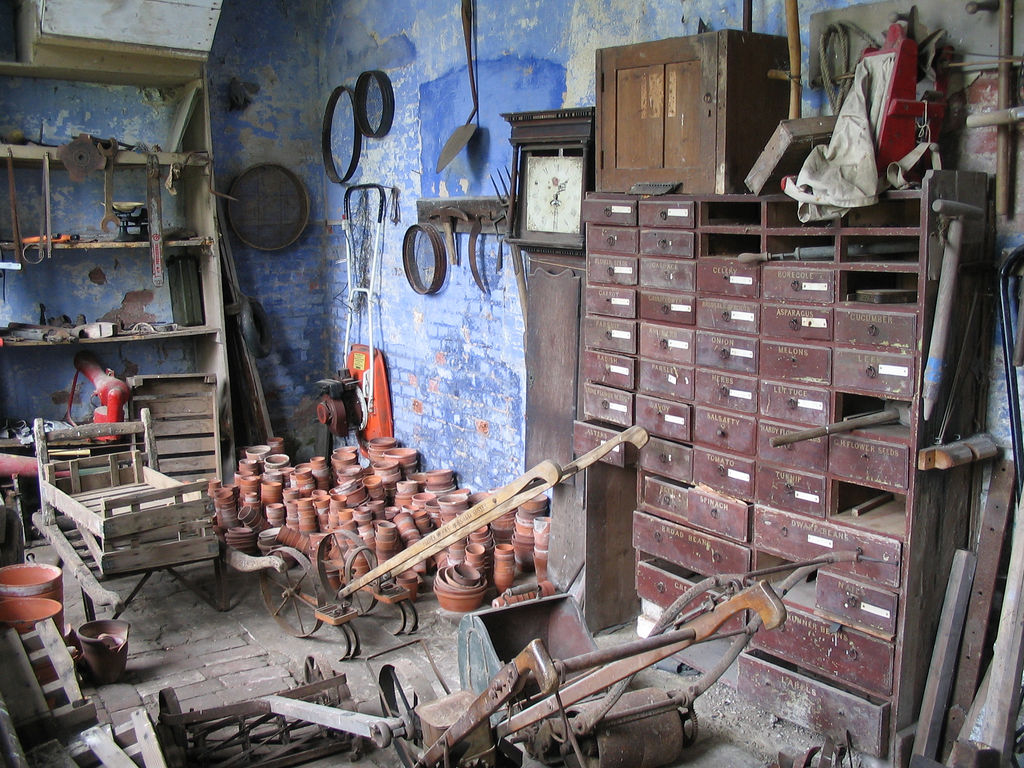
Calke Abbey. Ticknall, Derby, Derbyshire, England
Royal Horticultural Society Harlow Carr Botanical Gardens, Harrogate, North Yorkshire, England
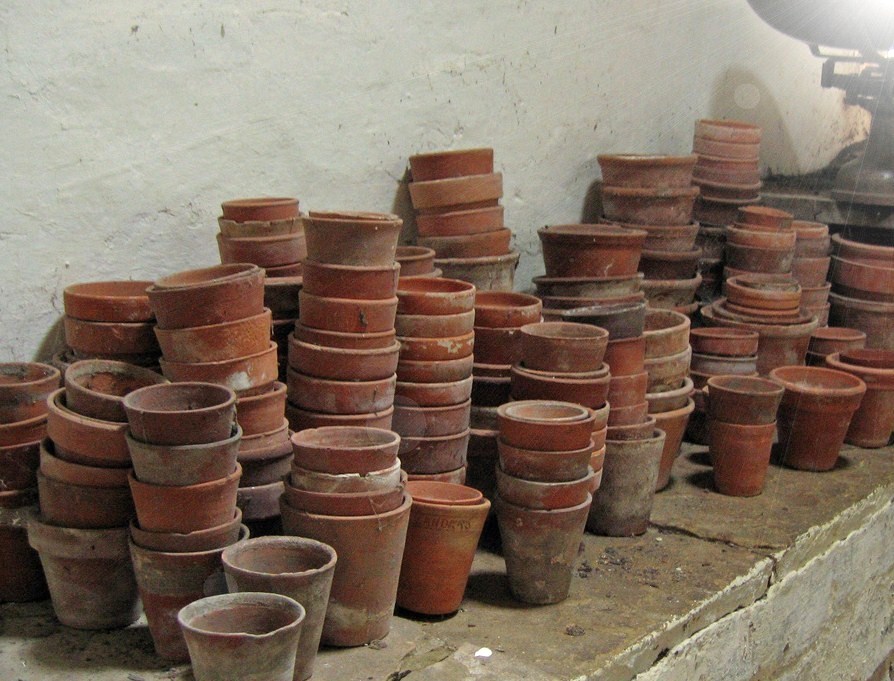
Beningborough Hall, North Yorkshire, England


Beningborough Hall, North Yorkshire, England
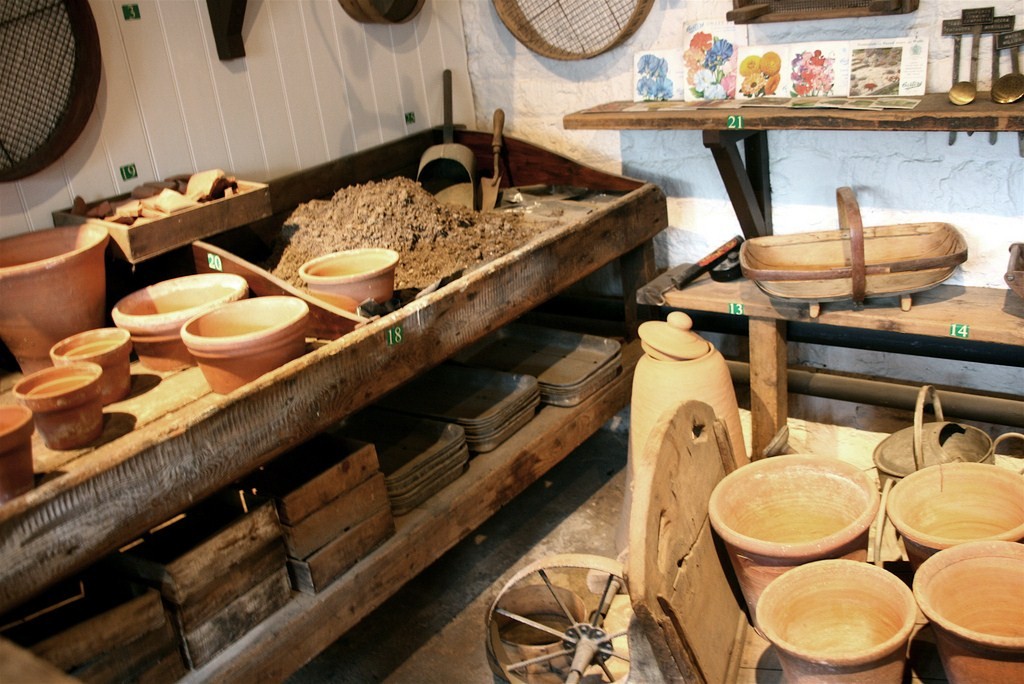 Blenheim Palace, Woodstock, Oxfordshire, England
Blenheim Palace, Woodstock, Oxfordshire, England

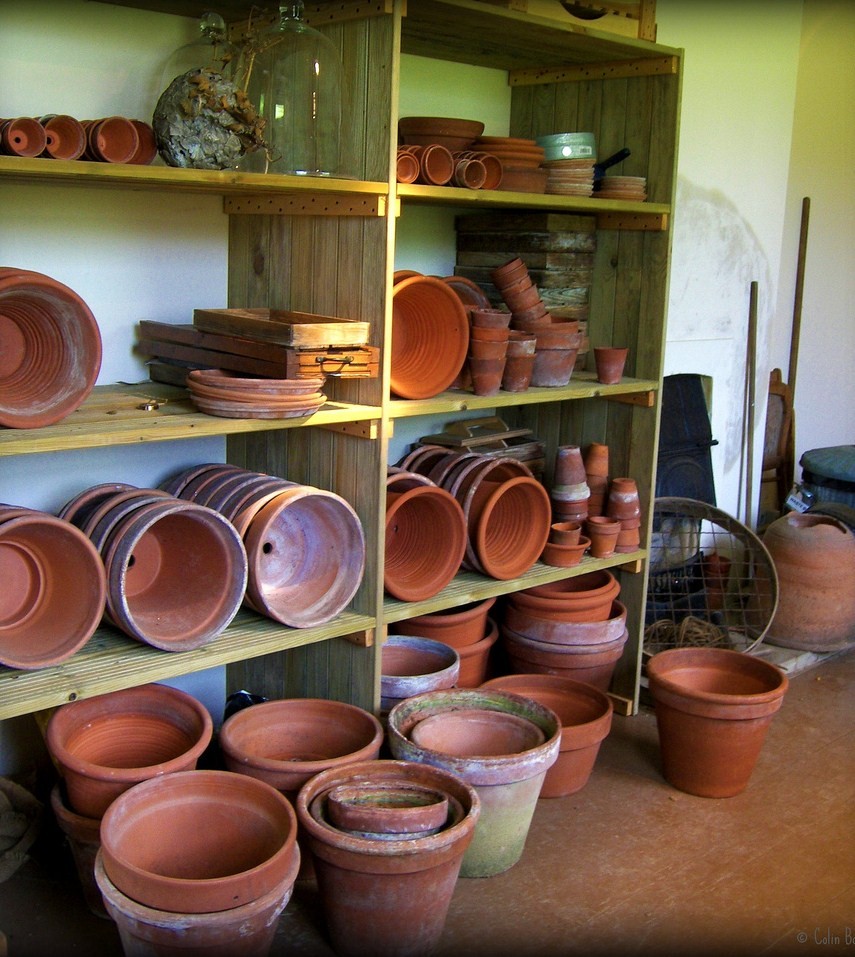
Down House, Home of Charles Darwin, South East, Kent, England
 Royal Horticultural Society Harlow Carr Botanical Gardens, Harrogate, North Yorkshire, England
Royal Horticultural Society Harlow Carr Botanical Gardens, Harrogate, North Yorkshire, England
 Exbury Gardens, Southampton, Hampshire, England
Exbury Gardens, Southampton, Hampshire, England
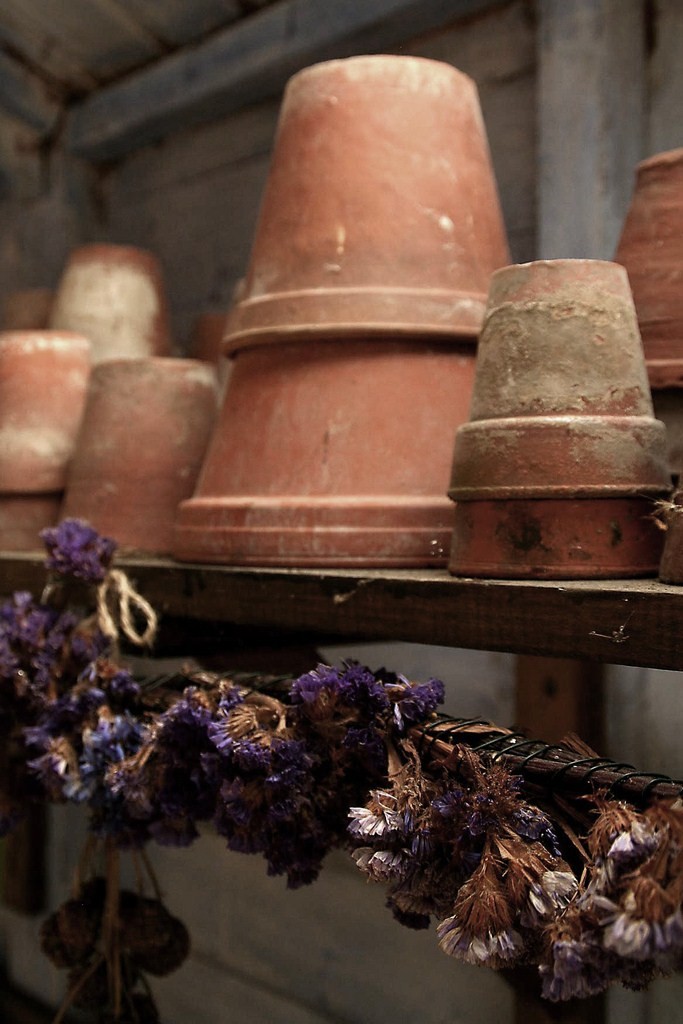 Royal Horticultural Society Harlow Carr Botanical Gardens, Harrogate, North Yorkshire, England
Royal Horticultural Society Harlow Carr Botanical Gardens, Harrogate, North Yorkshire, England
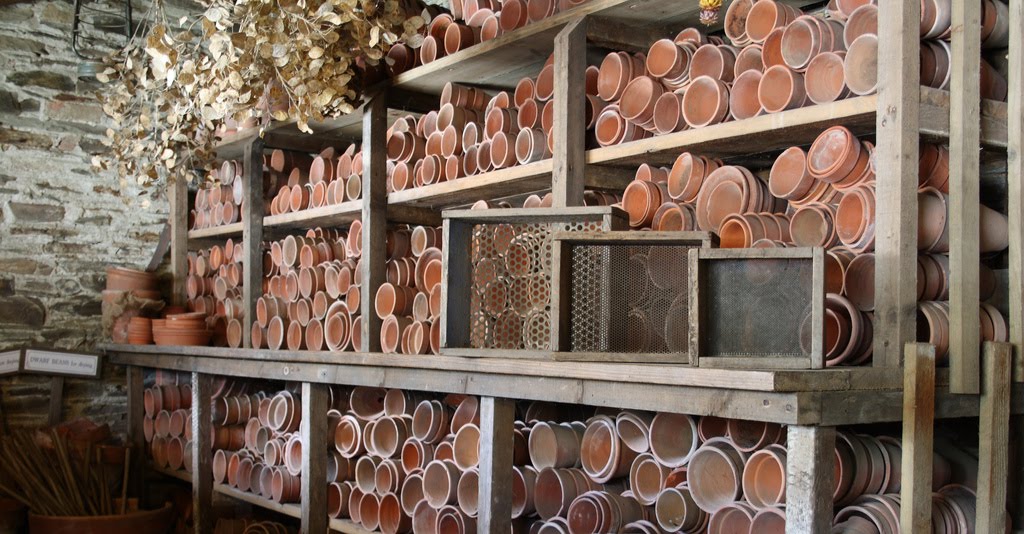 Lost Gardens of Heligan, South West, Cornwall, England
Lost Gardens of Heligan, South West, Cornwall, England
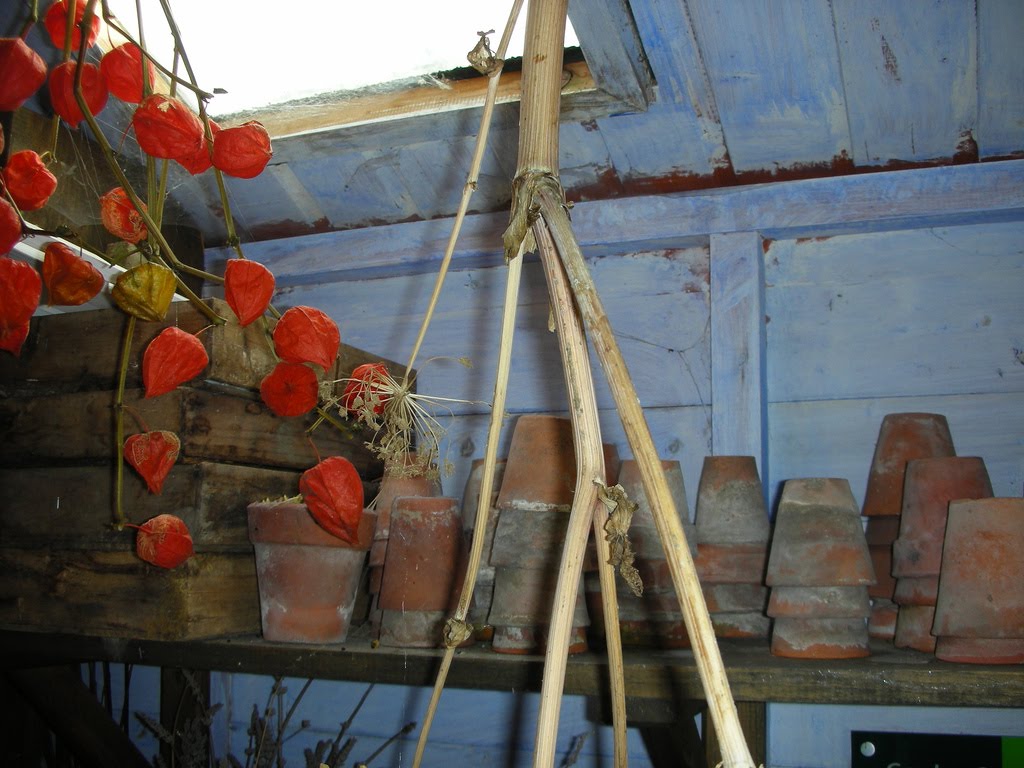 Royal Horticultural Society Harlow Carr Botanical Gardens, Harrogate, North Yorkshire, England
Royal Horticultural Society Harlow Carr Botanical Gardens, Harrogate, North Yorkshire, England
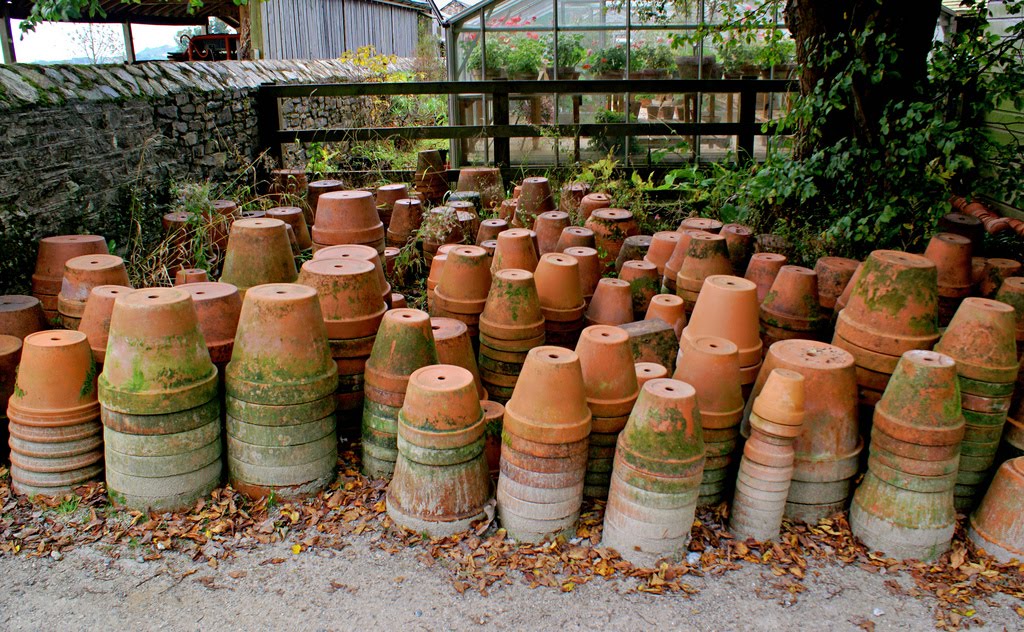 Lost Gardens of Heligan, South West, Cornwall, England
Lost Gardens of Heligan, South West, Cornwall, England
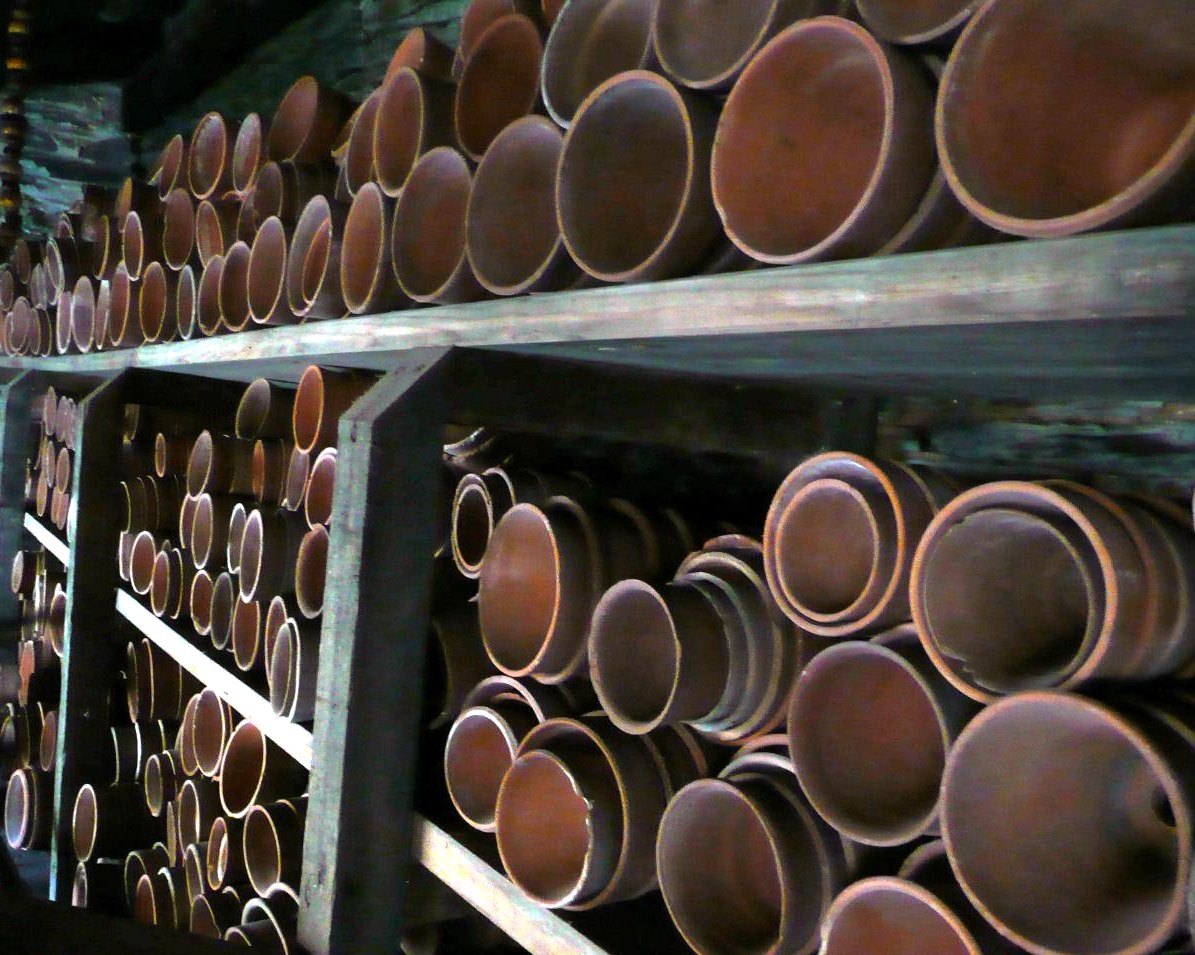
Lost Gardens of Heligan, South West, Cornwall, England
 Royal Horticultural Society Harlow Carr Botanical Gardens, Harrogate, North Yorkshire, England
Royal Horticultural Society Harlow Carr Botanical Gardens, Harrogate, North Yorkshire, England
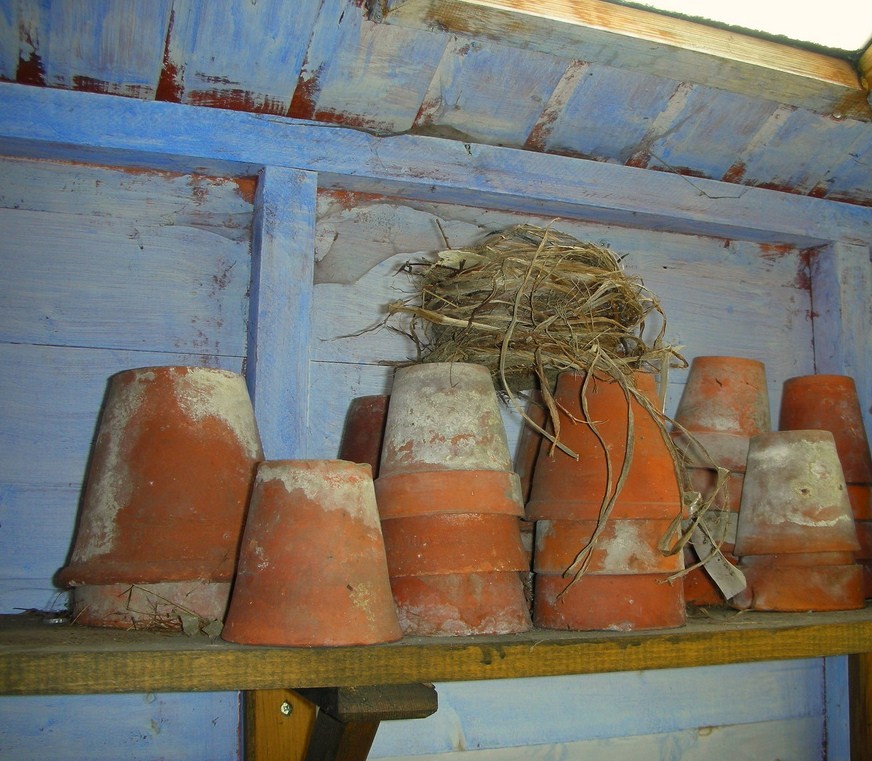
Royal Horticultural Society Harlow Carr Botanical Gardens, Harrogate, North Yorkshire, England

Down House, Home of Charles Darwin, South East, Kent, England

Calke Abbey. Ticknall, Derby, Derbyshire, England
Royal Horticultural Society Harlow Carr Botanical Gardens, Harrogate, North Yorkshire, England

Beningborough Hall, North Yorkshire, England


Beningborough Hall, North Yorkshire, England
 Blenheim Palace, Woodstock, Oxfordshire, England
Blenheim Palace, Woodstock, Oxfordshire, England

Down House, Home of Charles Darwin, South East, Kent, England
 Royal Horticultural Society Harlow Carr Botanical Gardens, Harrogate, North Yorkshire, England
Royal Horticultural Society Harlow Carr Botanical Gardens, Harrogate, North Yorkshire, England Exbury Gardens, Southampton, Hampshire, England
Exbury Gardens, Southampton, Hampshire, England Royal Horticultural Society Harlow Carr Botanical Gardens, Harrogate, North Yorkshire, England
Royal Horticultural Society Harlow Carr Botanical Gardens, Harrogate, North Yorkshire, England Lost Gardens of Heligan, South West, Cornwall, England
Lost Gardens of Heligan, South West, Cornwall, England Royal Horticultural Society Harlow Carr Botanical Gardens, Harrogate, North Yorkshire, England
Royal Horticultural Society Harlow Carr Botanical Gardens, Harrogate, North Yorkshire, England Lost Gardens of Heligan, South West, Cornwall, England
Lost Gardens of Heligan, South West, Cornwall, England
Lost Gardens of Heligan, South West, Cornwall, England
 Royal Horticultural Society Harlow Carr Botanical Gardens, Harrogate, North Yorkshire, England
Royal Horticultural Society Harlow Carr Botanical Gardens, Harrogate, North Yorkshire, England
Royal Horticultural Society Harlow Carr Botanical Gardens, Harrogate, North Yorkshire, England
Wednesday, May 27, 2020
1764 Plants in 18C Colonial American Gardens - Virginian John Randolph (727-1784) - Indian Cress
A Treatise on Gardening Written by a native of this State (Virginia)
Author was John Randolph (1727-1784)
Written in Williamsburg, Virginia about 1765
Published by T. Nicolson, Richmond, Virginia. 1793
The only known copy of this booklet is found in the Special Collections of the Wyndham Robertson Library at Hollins University in Roanoke, Virginia.
Indian Cress
Cress, Indian, Nasturtium indicum nasis torinentum; because the seed when bruised is apt to cause pressing; known to the Botanists by the name of Acriviola, a sharp violet, should be sown, in April or March, being extremely tender. If stuck, they will climb a great height, and will last till the frost come, and then totally perish. It is thought the flower is superior to a radish in flavour, and is eaten in salads or without. My method is to plant the seeds in hills, three in a hill, leaving a space in the middle to put the stick on which they are to grow; and I have found they succeed very well in a rich light soil..
Tuesday, May 26, 2020
Looking to Europe for Inspiration - Versailles painted by American James Carroll Beckwith 1825-1917
James Carroll Beckwith (1852-1917) Bassin de Neptune, Versailles 1913
The only way I can justify posting these paintings on this blog is to say that the artist is American & Versailles lead the way for garden design in England and then on the the British American colonies. It is impossible for a garden historian to stay away from Versailles for very long, and so back we go. I hope you enjoy the trip.
++Terminal+Figure+of+Ceres+1911.jpg) James Carroll Beckwith (1852-1917) Terminal Figure of Ceres 1911
James Carroll Beckwith (1852-1917) Terminal Figure of Ceres 1911
James Carroll Beckwith (1852–1917) was born in Hannibal, Missouri; however, he grew up in Chicago, where his father started a wholesale grocery business.
James Carroll Beckwith (1852-1917) Arcade of the Grand Trianon, Versailles 1913
In 1868 at age 16, he studied art at the Chicago Academy of Design under Walter Shirlaw until the great fire of 1871, destroyed eveything there & much of the heart of the city. He then went to New York to study at the National Academy of Design.
James Carroll Beckwith (1852-1917) Syrinx, Par Maziere, 1689; Bassin d'Apollon 1913
Carroll Beckwith, as he preferred to be called, visited Versailles, France, in 1911 & 1913, where he created about 22 paintings of garden statues.
James Carroll Beckwith (1852-1917) Allee de l'Ete, Versailles 1913
When Beckwith was in France, the government had recognized the dilapidation of the once glorious palace, and was moving to restore Versailles to its original splendor. (Franchi and Weber, Intimate Revelations: The Art of Carroll Beckwith (1852-1917), 1999)
James Carroll Beckwith (1852-1917) Nymph and Cupid 1913
His papers, including his sketchbooks & the diaries he kept from 1871, until his death in 1917, are held by the National Academy of Design in New York City. All of the paintings in this posting are held by the Smithsonian Institution in Washington, DC.
James Carroll Beckwith (1852-1917) Carrefour at the End of the Tapis Vert, Versailles 1913
James Carroll Beckwith (1852-1917) One of the Figures at the Parterre d'Eau
James Carroll Beckwith (1852-1917) Corner of the Terrace, Versailles 1911
+Parterre+du+Nord,+Fontaine+des+Sirenes+1913.jpg)
James Carroll Beckwith (1852-1917) Parterre du Nord, Fontaine des Sirenes 1913,
The only way I can justify posting these paintings on this blog is to say that the artist is American & Versailles lead the way for garden design in England and then on the the British American colonies. It is impossible for a garden historian to stay away from Versailles for very long, and so back we go. I hope you enjoy the trip.
++Terminal+Figure+of+Ceres+1911.jpg) James Carroll Beckwith (1852-1917) Terminal Figure of Ceres 1911
James Carroll Beckwith (1852-1917) Terminal Figure of Ceres 1911James Carroll Beckwith (1852–1917) was born in Hannibal, Missouri; however, he grew up in Chicago, where his father started a wholesale grocery business.
James Carroll Beckwith (1852-1917) Arcade of the Grand Trianon, Versailles 1913
In 1868 at age 16, he studied art at the Chicago Academy of Design under Walter Shirlaw until the great fire of 1871, destroyed eveything there & much of the heart of the city. He then went to New York to study at the National Academy of Design.
James Carroll Beckwith (1852-1917) Syrinx, Par Maziere, 1689; Bassin d'Apollon 1913
Carroll Beckwith, as he preferred to be called, visited Versailles, France, in 1911 & 1913, where he created about 22 paintings of garden statues.
James Carroll Beckwith (1852-1917) Allee de l'Ete, Versailles 1913
When Beckwith was in France, the government had recognized the dilapidation of the once glorious palace, and was moving to restore Versailles to its original splendor. (Franchi and Weber, Intimate Revelations: The Art of Carroll Beckwith (1852-1917), 1999)
James Carroll Beckwith (1852-1917) Nymph and Cupid 1913
His papers, including his sketchbooks & the diaries he kept from 1871, until his death in 1917, are held by the National Academy of Design in New York City. All of the paintings in this posting are held by the Smithsonian Institution in Washington, DC.
James Carroll Beckwith (1852-1917) Carrefour at the End of the Tapis Vert, Versailles 1913
James Carroll Beckwith (1852-1917) One of the Figures at the Parterre d'Eau
James Carroll Beckwith (1852-1917) Corner of the Terrace, Versailles 1911
+Parterre+du+Nord,+Fontaine+des+Sirenes+1913.jpg)
James Carroll Beckwith (1852-1917) Parterre du Nord, Fontaine des Sirenes 1913,
Subscribe to:
Posts (Atom)









,.jpg)


+Stacking+Wheat+in+Culpepper,+Virginia+1863.jpg)
,.jpg)
.jpg)
.jpg)

.jpg)















